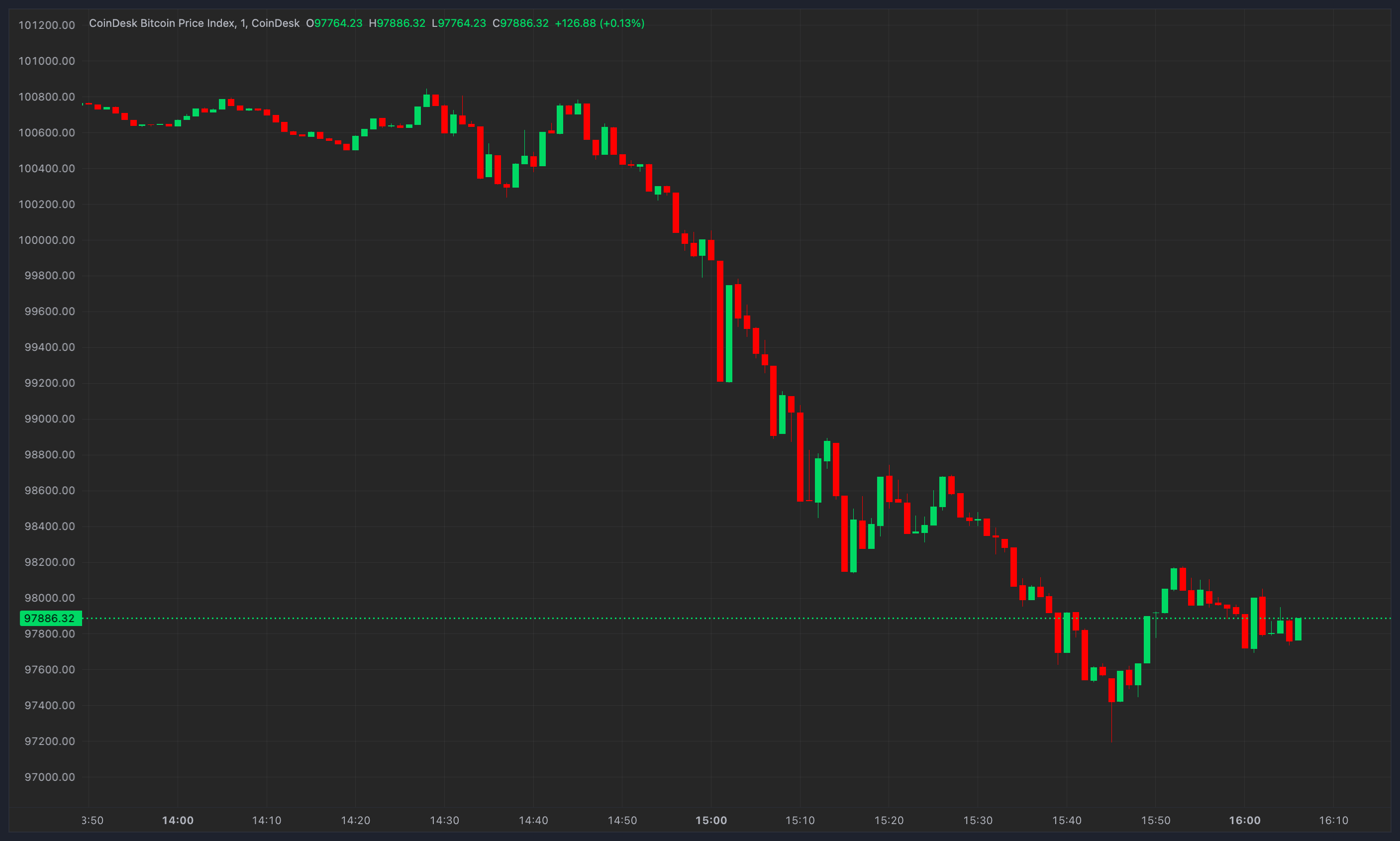Introduction
Over the last couple of years, crypto adoption has grown to unprecedented levels.
We are witnessing the mass adoption of web3 crypto technologies, not only by individuals,but also big corporations that were traditionally web2 oriented.
With a list of new upcoming crypto projects coming up every other day, how do you know which web3 crypto coins to invest in?
How do you know which web3 crypto projects are likely to still be relevant in 5 years?
With all the challenges facing the traditional banking systems, decentralized finance (De-Fi) seeks to solve these issues by building open, decentralized, and custodial web3 financial systems.
In this article, we are going to list several upcoming web3 crypto projects that we’re currently excited about, and why you should be a part of them too.
But first, we have to take a step back and understand what cryptocurrencies are.
What Are Cryptocurrencies?
A cryptocurrency or a digital currency is virtual money that is transacted on a public ledger known as the blockchain. There are thousands of cryptocurrencies, for example, Bitcoin, Ether, Ripple, Bitcoin Cash, and Dogecoin.
Cryptocurrencies are stored on a custodial (private keys are held by a third party) or a non-custodial (type of crypto wallet where you own and control the private keys) wallet, and are traded, exchanged, or yielded on exchange platforms such as Coinbase, Pancakeswap or Binance.
Types of Crypto
While most coins are always referred to as cryptocurrencies, there are different types of web3 crypto coins based on their use and how they are developed.
Coins
Coins such as Bitcoin, Ether (Ethereum), and Ripple are built on their native network, and their main use is to offer alternatives to fiat currency (paper currency). The main utility is financial transactions.
Tokens
Tokens are crypto coins that are built on top of already existing blockchain networks. A good example of this is the Shiba Inu ERC-20 token, built on the Ethereum blockchain network.
The drawback with tokens is that they inherit the shortcoming of the blockchain network they’re built on. This means all tokens that are on the Ethereum network will always have scalability issues and high gas fees, depending on the volume of the transaction.
Central Bank Digital Currency (CBDC)
After Bitcoin and other major coins took off, it was evident that a new financial system was inevitable, which is why some central banks started working on Central Bank Digital Currency (CBDC). The CBDC acts as a virtual alternative to central bank-issued fiat currency.
Some of the countries that are at the forefront of experimenting with CBDC are the United States, India, Nigeria, Sweden, Saudi Arabia, and China.
Stablecoins
Stablecoins are cryptocurrencies where the prices are informed by physical money, natural commodities like gold and silver, or other cryptocurrencies.
Some of the most popular stablecoins are:
Tether: One of the most widely used stablecoins, Tether is currently used in half of all Bitcoin transactions worldwide. Tether asserts that it is fully backed by fiat currency and financial equivalents.
USDC (United States Dollar Coin): USDC coin claims to be backed by a combination of fiat currency, Treasury bonds, commercial paper, corporate and government bonds, and certificates of deposit with international financial institutions. It’s an open-source project maintained by a collaboration named Centre. The option to redeem one 1 USDC coin for one US dollar is a big aspect of stablecoins attractiveness.
Binance stablecoin(BUSD): is a stablecoin issued by the Binance trading and exchange platform with the approval of the New York State Department of Financial Services (NYDFS). The value of the BUSD against the US dollar is 1:1.
Upcoming crypto projects worth following

The Acala network is a decentralized finance network and liquidity protocol for the Polkadot network.
It’s a scalable, Ethereum-based, and DeFi-optimized Layer-1 smart contract platform…
Read More: web3.hashnode.com









 Bitcoin
Bitcoin  Ethereum
Ethereum  Tether
Tether  XRP
XRP  Solana
Solana  Dogecoin
Dogecoin  USDC
USDC  Cardano
Cardano  Lido Staked Ether
Lido Staked Ether  TRON
TRON  Avalanche
Avalanche  Sui
Sui  Wrapped stETH
Wrapped stETH  Toncoin
Toncoin  Chainlink
Chainlink  Shiba Inu
Shiba Inu  Stellar
Stellar  Wrapped Bitcoin
Wrapped Bitcoin  Hedera
Hedera  Polkadot
Polkadot  WETH
WETH  Bitcoin Cash
Bitcoin Cash  LEO Token
LEO Token  Uniswap
Uniswap  Pepe
Pepe  Litecoin
Litecoin  Hyperliquid
Hyperliquid  Wrapped eETH
Wrapped eETH  NEAR Protocol
NEAR Protocol  Ethena USDe
Ethena USDe  USDS
USDS  Aptos
Aptos  Internet Computer
Internet Computer  Aave
Aave  Mantle
Mantle  Render
Render  Bittensor
Bittensor  Cronos
Cronos  POL (ex-MATIC)
POL (ex-MATIC)  Ethereum Classic
Ethereum Classic  Tokenize Xchange
Tokenize Xchange  WhiteBIT Coin
WhiteBIT Coin  Artificial Superintelligence Alliance
Artificial Superintelligence Alliance  Virtuals Protocol
Virtuals Protocol  MANTRA
MANTRA  Monero
Monero  Arbitrum
Arbitrum